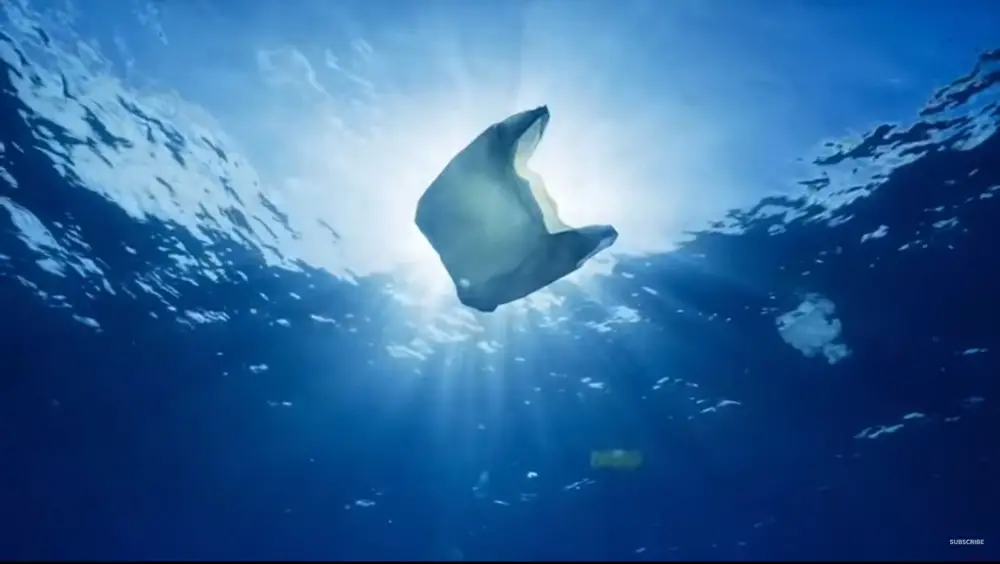Plastic Is Everywhere!
‘Does plastic get into the ocean?’ It is a question many people are asking, but it is as simple to answer as: ‘Do bears sh*t in the woods?’ or, ‘does the pope wear a funny hat?’
The fact is, plastic is everywhere and it is really difficult to avoid using it in day-to-day life. Wherever you are reading this, just stop and have a quick look around and you will see what I mean. From the laptop or phone you are reading this article on, to the contents of your cupboards and fridge freezer, plastic will be everywhere.
The problem is that the majority of plastic does not get recycled and as it isn’t biodegradable, it will end up in a landfill or worse. As we produce billions of pounds of plastic each and every year, these landfills simply cannot hold it all. This means that much of this plastic waste will end up in the ocean. ‘How much?’ I hear you ask. Well, here are just a few of the facts…
**Warning – some of these facts are quite depressing but important to know**
20 Facts About Plastic in the Ocean
- Plastic is the largest source of ocean litter.
- Polystyrene pieces and nurdles (pre-production plastic pellets – pictured, right) are the most common types of plastic pollution in oceans, and combined with plastic bags and food containers make up the majority of oceanic debris.
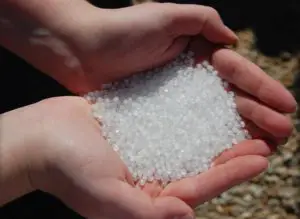
- The second most abundant ocean pollution is cigarettes – another reason to give up the habit.
- This year we will add over 14 billion pounds of trash to the ocean.
- Litter is most severe in East Asian sea regions – China is the biggest contributor, but their numbers are scewed by the fact they used to import plastic waste from the US and EU.
- The majority of the litter near and in the ocean is made up of plastics and is a persistent pervasive source of marine pollution. According to Dr. Marcus Eriksen of The 5 Gyres Institute, there are 5.25 trillion particles of plastic pollution that weigh as much as 270,000 tons (2016). This plastic is taken by the ocean currents and accumulates in large areas known as ocean gyres. The majority of the gyres become pollution dumps filled with plastic.
- The Great Pacific Garbage Patch is located in the North Pacific Gyre off the coast of California and is the largest ocean garbage site in the world. This floating mass of plastic is twice the size of Texas, with plastic pieces outnumbering sea life six to one.
- Studies estimate there are 15–51 trillion pieces of plastic in the world’s oceans — from the equator to the poles, from Arctic ice sheets to the sea floor. Not one square mile of Surface Ocean anywhere on earth is free of plastic pollution.
- 80 percent of pollution enters the ocean from the land.
- A 1994 study of the seabed using trawl nets in the North-Western Mediterranean around the coasts of Spain, France, and Italy reported average amounts of debris of 1,935 items per square kilometre. Plastic debris accounted for 77%, of which 93% was plastic bags.
- 322 million tons of plastic were produced in 2015 – the same weight as 900 Empire State Buildings (which is made of granite and steel).
- If the current trends continue, there will be more pieces of plastic in the ocean than fish, by 2050.
- In the Los Angeles area alone, 10 metric tons of plastic fragments – like grocery bags, straws and soda bottles are carried into the Pacific Ocean every day.
- Marine mammals ingest, and get tangled up in, plastic. Large amounts of plastic debris have been found in the habitat of critically endangered Hawaiian monk seals, including in areas that serve as pup nurseries. Entanglement in plastic debris has also led to injury and mortality in the endangered Steller sea lion, with packing bands the most common entangling material. Dead whales have been found with bellies full of plastic.
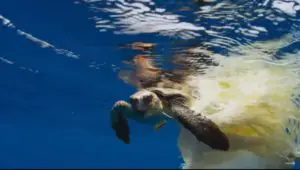
Hundreds of thousands of seabirds ingest plastic every year. Plastic ingestion reduces the storage volume of the stomach, causing starvation. It’s estimated that 60 percent of all seabird species have eaten pieces of plastic, with that number predicted to increase to 99 percent by 2050. Dead seabirds are often found with stomachs full of plastic, reflecting how the amount of garbage in our oceans has rapidly increased in the past 40 years.
- Ocean debris worldwide kills at least 100,000 mammals and 1 million seabirds.
- Fish in the North Pacific ingest 12,000 to 24,000 tons of plastic each year, which can cause intestinal injury and death.
- Plankton, fish, and ultimately the humans, through the food chain, ingest these highly toxic carcinogens and chemicals. Consuming the fish that contain these toxins can cause an increase in cancer, immune disorders, and birth defects.
- Plastic in the ocean breaks down into such small segments that pieces of plastic from a one liter bottle could end up on every mile of beach throughout the world.
- There is more microplastic in the ocean than there are stars in the Milky Way.
We Can We Do?
These are some of the best ways you can reduce your plastic waste today.
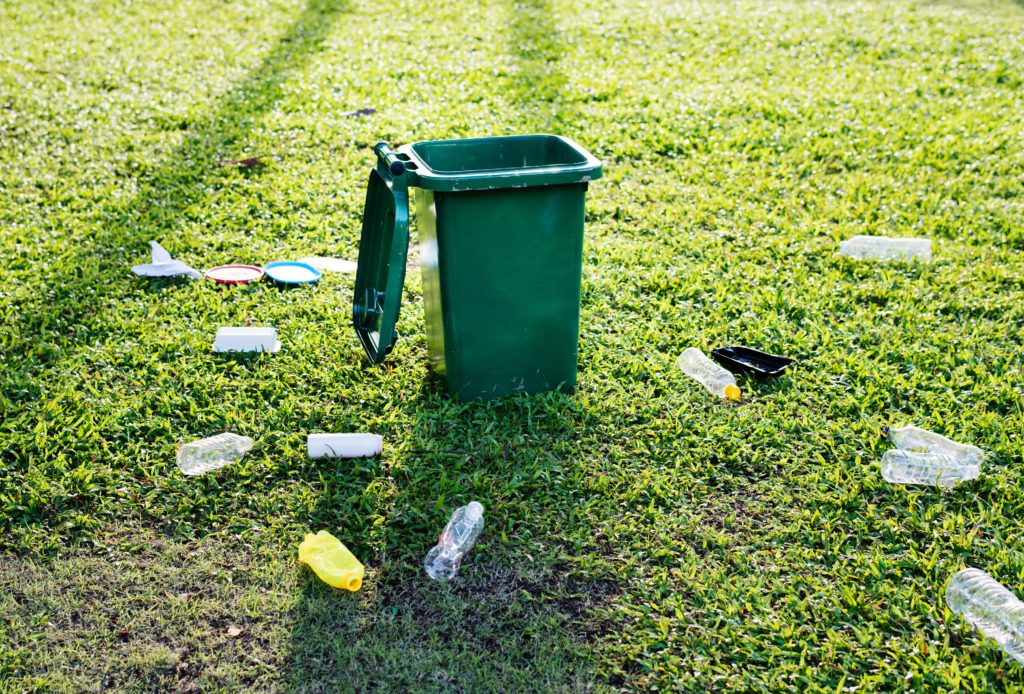
- Stop buying soda and water that come in plastic bottles. You can buy a sustainable and reusable bottle in many places now, including Amazon.
- Stop using plastic straws or find an alternative.
- Reduce the amount of plastic packaging you buy as most of it is not recyclable.
- Try to avoid take away food or ask for it to be put in your own container.
- Check your cosmetic and personal care items for micro-plastics.
- Use reusable shopping bags and avoid using single-use plastic bags.
- Avoid using separate plastic bags for fruit and vegetables.
- Shop at you local butcher and take containers with you.
- Shop at zero waste shops, which are popping up all over the country.
- Support organizations and new technologies that are trying to combat the problems we are facing.
What Are Governments and Businesses Doing?
Governments around the world are introducing bans and tariffs on single-use plastics, such as, straws and bags. An example of this is the plastic bag tariff in the UK, which has just doubled, from 5p to 10p per bag. These steps not only prevent people from using plastic bags, but they also raise awareness of the plastic problem for the public.
Businesses are also getting involved and more than 40 companies, including Britain’s biggest supermarkets, Coca Cola, Nestle and Procter & Gamble, have bowed to growing pressure to tackle pollution by committing to cut plastic use over the next seven years. There was even a plastic free flight, that took off in December 2018.
Is There a Happy Ending?
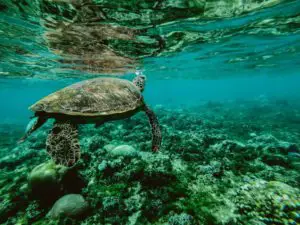
It is going to be tough, very tough, for us to not only reduce our plastic waste enough for it to be manageable, but to clean up the mess we have made in the ocean already. Fortunately, with awareness rising, with new initiatives and new technologies being researched every day, we may actually be able to stop, or even reverse, the problems we have caused.
So, what do you think? Can we stop the influx of plastic into the ocean? Can we clean up the plastic already in the ocean?
As always, feel free to leave a comment, ask a question and share this article.
